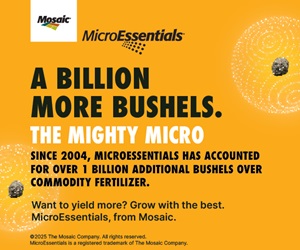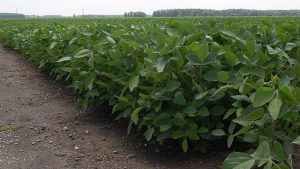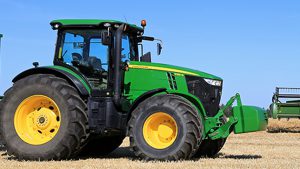Hybrid DON testing
RESULTS FROM 2018
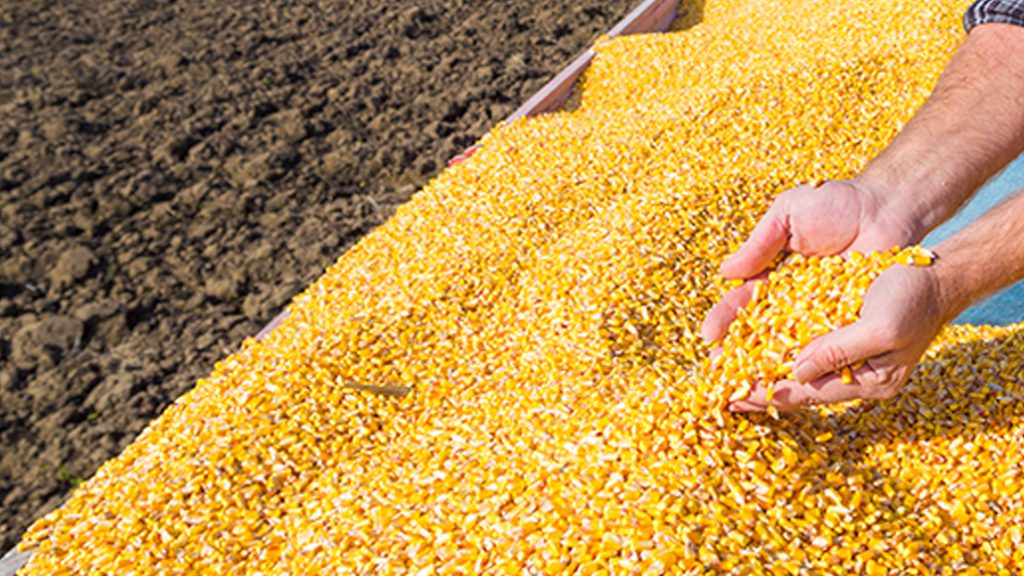
This information is re-published from the Ontario Corn Committee (OCC) report available at www.gocorn.net.
ALTHOUGH 2018 WAS very challenging to growers and the rest of the corn industry, it presented an opportunity to compare hybrids for DON accumulation across several locations of the Ontario Corn Performance Trials. The main purpose of the OCC study was to provide growers with an indication of a hybrid’s relative risk for accumulating the mycotoxin DON, and to provide a framework for future performance testing.
OCC LOCATIONS AND DATA COLLECTION
A total of 1,225 grain corn samples were collected while machine harvesting plots for OCC Tables 4 (82 hybrids at Belmont, Exeter, Ilderton) and Table 5 (54 hybrids at Ridgetown and Tilbury) locations. There were 30 hybrids common across both Tables. Each hybrid was replicated 3 times at each location; therefore, each hybrid was represented by 9 samples across locations in OCC Table 4, and 6 samples across OCC Table 5 locations. Samples were dried and then analyzed for DON by SGS Laboratories (Guelph) using the ELISA method. Agronomic practices at each location can be found in the trial management section of the 2018 OCC Corn Performance Report at www.gocorn.net.
Hybrid silking dates were between late July and the first week of August at all locations. Frequent rains and high humidity during silking and grainfill of all hybrids across all locations resulted in favorable environmental conditions for natural Gibberella ear rot infection and DON accumulation.
INTERPRETATION OF THE RATING TABLE
Hybrid differences for DON were statistically highly different (P<0.0001) within Table 4, Table 5 and across hybrids common to both Tables 4 and 5. The OCC decided to simplify the presentation of results by using a colour-coded or gray‐scale rating for hybrids within OCC Table 4, OCC Table 5, and with those hybrids common across both Tables. The hybrids in the Rating Table were sorted based on their CHU rating.
As expected, there were no hybrids resistant to DON accumulation (i.e., zero ppm). In the colour version of the Rating Table, zero ppm was illustrated as the dark green bar at the top of the hybrid listing, or the white in the gray‐scale version of the Rating Table. In the colour version, hybrids were colour-coded from light green (lower than average DON) to yellow (average DON) to orange and red (higher than average DON) based on the average DON in hybrids in the Rating Table columns (Table 4, Table 5, or 30 hybrids common to Tables 4 and 5). Hybrids with no rating indicates that the hybrid was not tested at the locations represented in each column or Table.
Some statistics of the DON concentrations within each Table are presented in the footnote of the Rating Table.
A hybrid shaded with a different shading across columns in the Rating Table may simply indicate variability in hybrid across locations, samples and/or analysis.
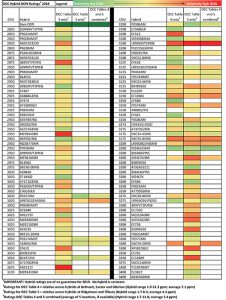
ACKNOWLEDGEMENTS
The OCC is grateful to Grain Farmers of Ontario for their leadership, Grain Farmers of Ontario and OMAFRA for the financial support to analyze the grain samples for DON, and to University of Guelph/OMAFRA research technicians for collecting the samples (Jonathan Brinkman, Ken VanRaay, Cheryl Van Herk, Brooke Jones and a very big thanks to Scott Jay for coming out of retirement to assist).
CONTACT INFORMATION
Dr. David Hooker, University of Guelph, Email: dhooker@uoguelph.ca
Albert Tenuta, OMAFRA, Email: albert.tenuta@ontario.ca
David Morris, OCC Secretary, Email: davidtmorris@rogers.com •


